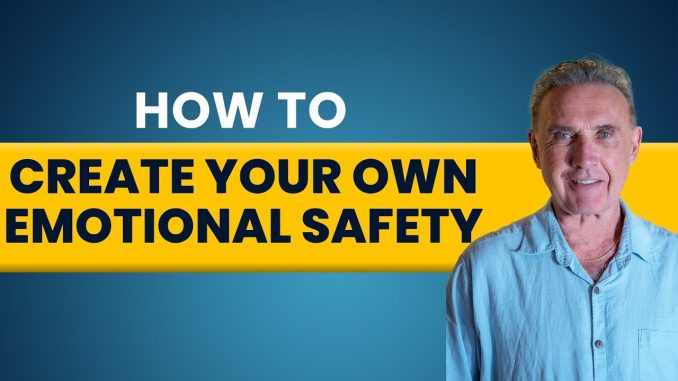
In the modern workplace, where collaboration, innovation, and agility are prized, emotional safety has emerged as a foundational element of high-performing teams. It’s the invisible thread that weaves trust, openness, and resilience into the fabric of an organization. Emotional safety isn’t about coddling or avoiding difficult conversations; rather, it’s about creating an environment where people feel secure enough to speak up, take risks, and be themselves without fear of ridicule or retribution. When employees feel emotionally safe, they are more likely to contribute ideas, admit mistakes, and engage fully with their work and colleagues.
At its core, emotional safety is about trust. It’s the belief that one’s voice matters and that expressing concerns, asking questions, or offering dissenting opinions won’t lead to embarrassment or punishment. This kind of trust doesn’t materialize overnight. It’s cultivated through consistent behavior, clear communication, and a genuine commitment to mutual respect. Leaders play a pivotal role in setting the tone. When they model vulnerability, admit their own missteps, and actively listen to others, they signal that it’s safe for everyone to do the same. This creates a ripple effect, encouraging team members to lower their guard and engage more authentically.
One of the most powerful ways to foster emotional safety is through active listening. In many workplaces, conversations are transactional—focused on tasks, deadlines, and deliverables. But when leaders and colleagues take the time to truly listen, they communicate that they value the person behind the role. This means listening without interrupting, asking thoughtful follow-up questions, and acknowledging the speaker’s perspective even if there’s disagreement. It’s a subtle but profound shift from hearing to understanding, and it lays the groundwork for deeper connection and trust.
Feedback is another area where emotional safety is tested and reinforced. Constructive feedback is essential for growth, but how it’s delivered can either build or erode trust. When feedback is framed with empathy and a genuine desire to support development, it’s more likely to be received openly. On the other hand, feedback that feels harsh, dismissive, or personal can shut people down and discourage future openness. Creating a culture where feedback is normalized, expected, and delivered with care helps ensure that it becomes a tool for learning rather than a source of fear.
Psychological safety also thrives in environments where diversity of thought is welcomed. When people feel that their unique perspectives are valued, they’re more likely to contribute fully. This requires more than just inviting different voices to the table—it means actively creating space for those voices to be heard. It means challenging dominant narratives, questioning assumptions, and being willing to sit with discomfort. Inclusion isn’t just about representation; it’s about participation. And participation flourishes when people feel safe.
The physical and emotional cues of a workplace also play a role in signaling safety. Simple gestures like making eye contact, using inclusive language, and acknowledging others’ contributions can have a significant impact. So can the way meetings are run, how conflict is handled, and whether people feel they can be themselves without masking their identities. These everyday interactions either reinforce or undermine emotional safety, and they accumulate over time to shape the culture.
Creating emotional safety doesn’t mean avoiding accountability or difficult conversations. In fact, it enables them. When people trust that their intentions won’t be misjudged, they’re more willing to engage in honest dialogue. They can challenge ideas without attacking individuals, and they can receive criticism without feeling personally threatened. This kind of environment supports continuous improvement, because it allows for the kind of candid conversations that lead to better decisions and stronger outcomes.
There’s also a business case for emotional safety. Research has shown that teams with high psychological safety are more innovative, more productive, and more resilient in the face of change. They’re better at problem-solving, more adaptable, and more likely to retain top talent. In a world where agility and creativity are competitive advantages, emotional safety isn’t just a nice-to-have—it’s a strategic asset. Companies that invest in it are better positioned to navigate uncertainty and seize new opportunities.
Building emotional safety is an ongoing process. It requires intention, reflection, and a willingness to evolve. It’s about creating a culture where people feel seen, heard, and respected—not just for what they do, but for who they are. It’s about recognizing that behind every role is a human being with hopes, fears, and a desire to contribute meaningfully. When businesses embrace this truth, they unlock the full potential of their people. And in doing so, they create organizations that are not only more effective but also more humane.